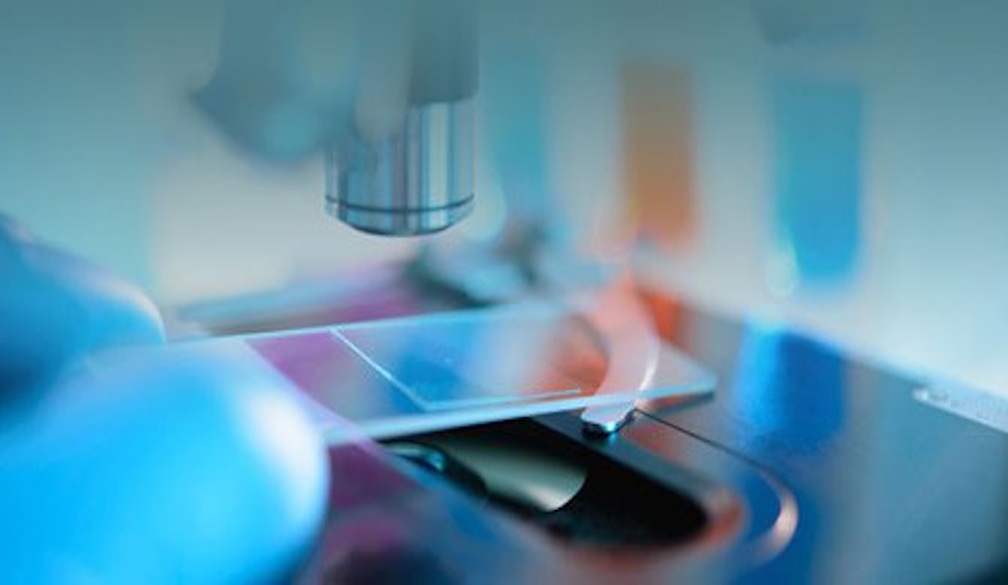3 Proven Techniques for Effective Physiotherapy Treatment in Auburn
- Written by her.net.au

Physiotherapy plays a crucial role in healing and maintaining physical health, particularly in Auburn. Find a physiotherapist that can significantly impact recovery and overall well-being of you.
This article delves into three highly effective physiotherapy methods. These techniques are instrumental in achieving successful rehabilitation and enhancing physical function.
Manual Therapy: A Skillful Approach to Relief
Manual therapy involves precise, hands-on techniques aimed at improving movement and reducing pain. This practice includes several specialized methods such as joint mobilization, soft tissue manipulation, and myofascial release.
Each method offers unique benefits for the recovery process. Understanding how they work can help in choosing the right approach for specific needs.
Joint Mobilization
Joint mobilization consists of deliberate and controlled movements applied to joints. The goal is to restore their full range of motion. This technique is effective for relieving joint stiffness and enhancing flexibility.
Conditions like arthritis or recovery post-surgery often benefit from this method. Physiotherapists use specific joint movements to help patients regain comfort and functionality.
Soft Tissue Manipulation
Soft tissue manipulation targets the muscles, tendons, and ligaments around joints. Techniques such as therapeutic massage and stretching are employed.
These methods help alleviate muscle tension, decrease inflammation, and improve blood circulation. For individuals with muscle strains or persistent pain, this approach provides significant relief and facilitates healing.
Myofascial Release
Myofascial release focuses on the fascia, the connective tissue enveloping muscles and organs. It involves applying sustained, gentle pressure to release restrictions within the fascia.
This technique improves tissue flexibility and reduces discomfort. Myofascial release is particularly beneficial for managing chronic pain and enhancing overall movement.
Exercise Therapy: Building Strength and Function
Exercise therapy is a fundamental aspect of physiotherapy, emphasizing personalized exercise routines. These exercises are designed to strengthen muscles, increase flexibility, and improve overall function.
Tailoring exercises to individual needs is crucial for effective rehabilitation. This personalized approach helps in maintaining physical health and facilitating recovery.
Strength Training
Strength training involves resistance exercises aimed at building muscle strength and endurance. Physiotherapists create individualized programs to target specific muscle groups.
This approach enhances stability and reduces injury risks. It is essential for recovering from surgeries or conditions like osteoporosis, where muscle strength plays a crucial role in rehabilitation.
Flexibility Exercises
Flexibility exercises aim to improve the range of motion and prevent muscle stiffness. Targeted stretching routines help maintain or regain flexibility.
These exercises are vital for preventing injuries and ensuring joint mobility. They are particularly important for those recovering from injuries or managing conditions that affect joint movement.
Functional Training
Functional training incorporates exercises that replicate everyday activities. The goal is to help individuals restore their ability to perform daily tasks.
This approach enhances coordination, balance, and functional capacity. Integrating functional training into rehabilitation programs aids patients in transitioning back to their regular activities and improving their overall quality of life.
Modalities: Advanced Techniques for Effective Pain Management
Modalities encompass advanced techniques used to manage pain and support the healing process. Methods such as heat and cold therapy, electrical stimulation, and ultrasound therapy play distinct roles in treatment.
Understanding how each modality functions helps in selecting the appropriate method for pain management and recovery.
Heat and Cold Therapy
Heat and cold therapy are essential for managing pain and inflammation. Heat therapy increases blood flow and relaxes tight muscles. It is beneficial for chronic pain and muscle stiffness.
Cold therapy reduces swelling and numbs the affected area, providing relief for acute injuries or inflammation. Both therapies are crucial for a comprehensive pain management strategy.
Electrical Stimulation
Electrical stimulation uses electrical currents to induce muscle contractions and alleviate pain. This technique helps reduce muscle spasms, improve circulation, and promote tissue healing.
Electrical stimulation is often included in treatment plans for various musculoskeletal conditions. It provides targeted relief and supports the recovery process.
Ultrasound Therapy
Ultrasound therapy utilizes high-frequency sound waves to penetrate deep into tissues. This modality promotes healing and reduces pain by enhancing blood flow, reducing inflammation, and aiding tissue repair.
It is particularly effective for conditions such as tendonitis, bursitis, and soft tissue injuries. Ultrasound therapy offers significant benefits in the rehabilitation process.
Conclusion
In Auburn, effective physiotherapy treatment relies on employing techniques such as manual therapy, exercise therapy, and advanced modalities.
These methods, when customized to individual needs, can greatly enhance recovery, improve mobility, and alleviate pain.









